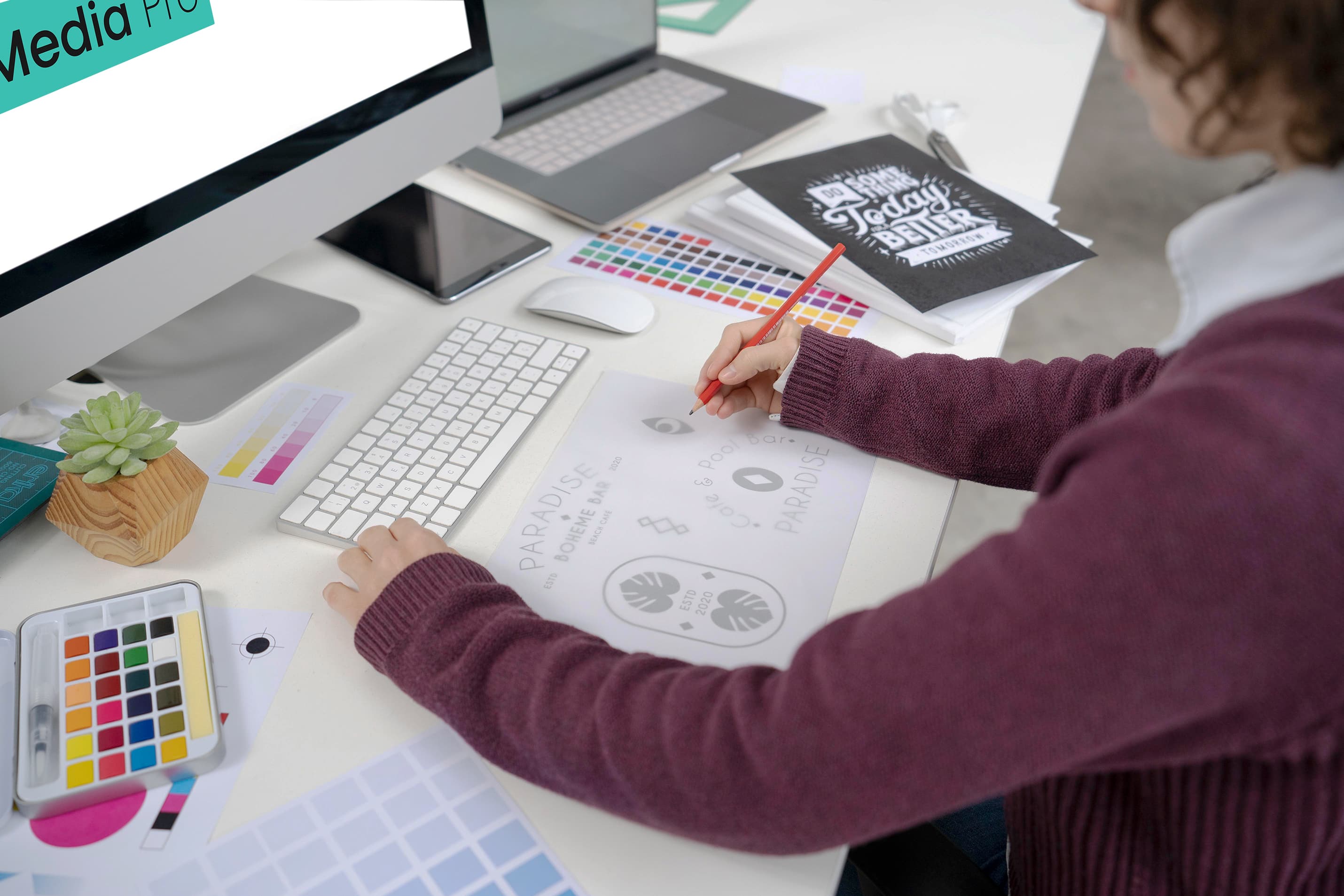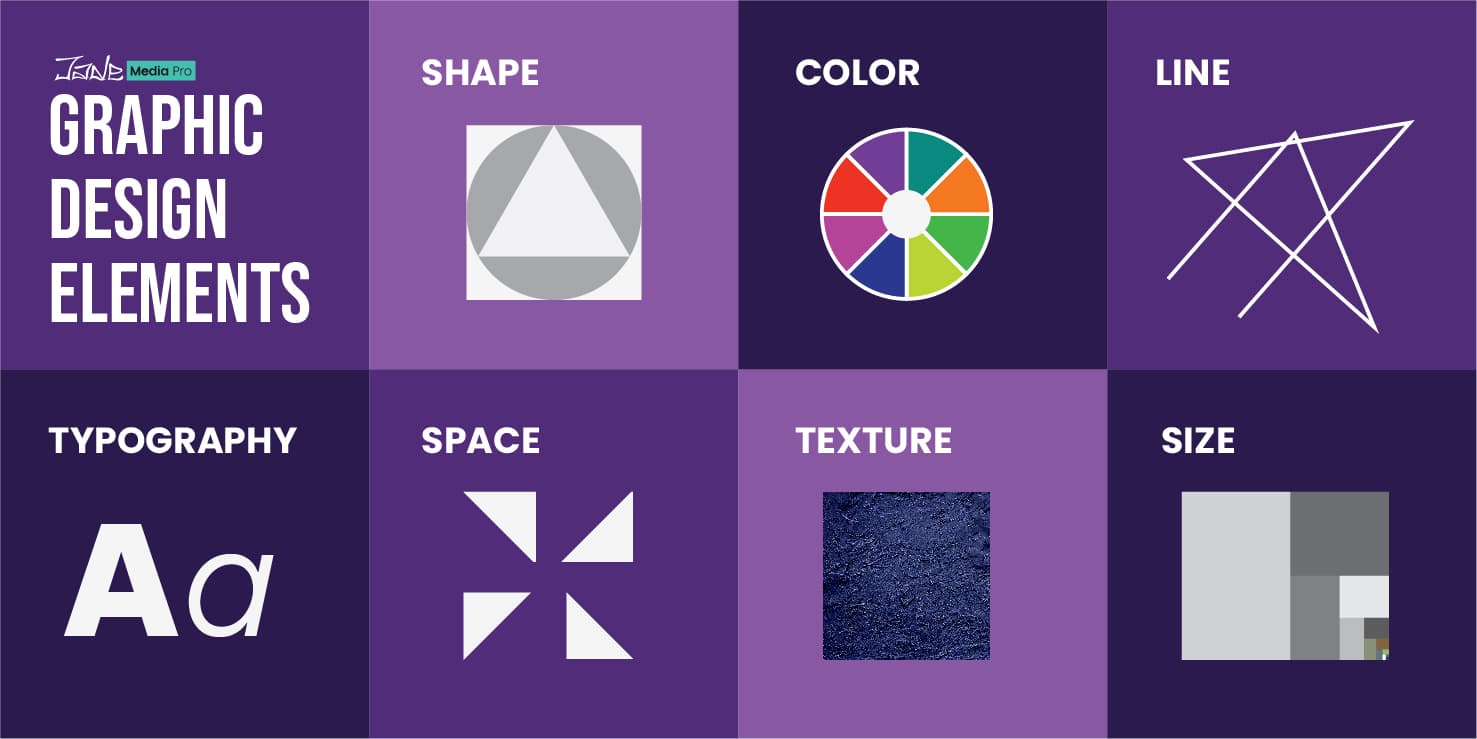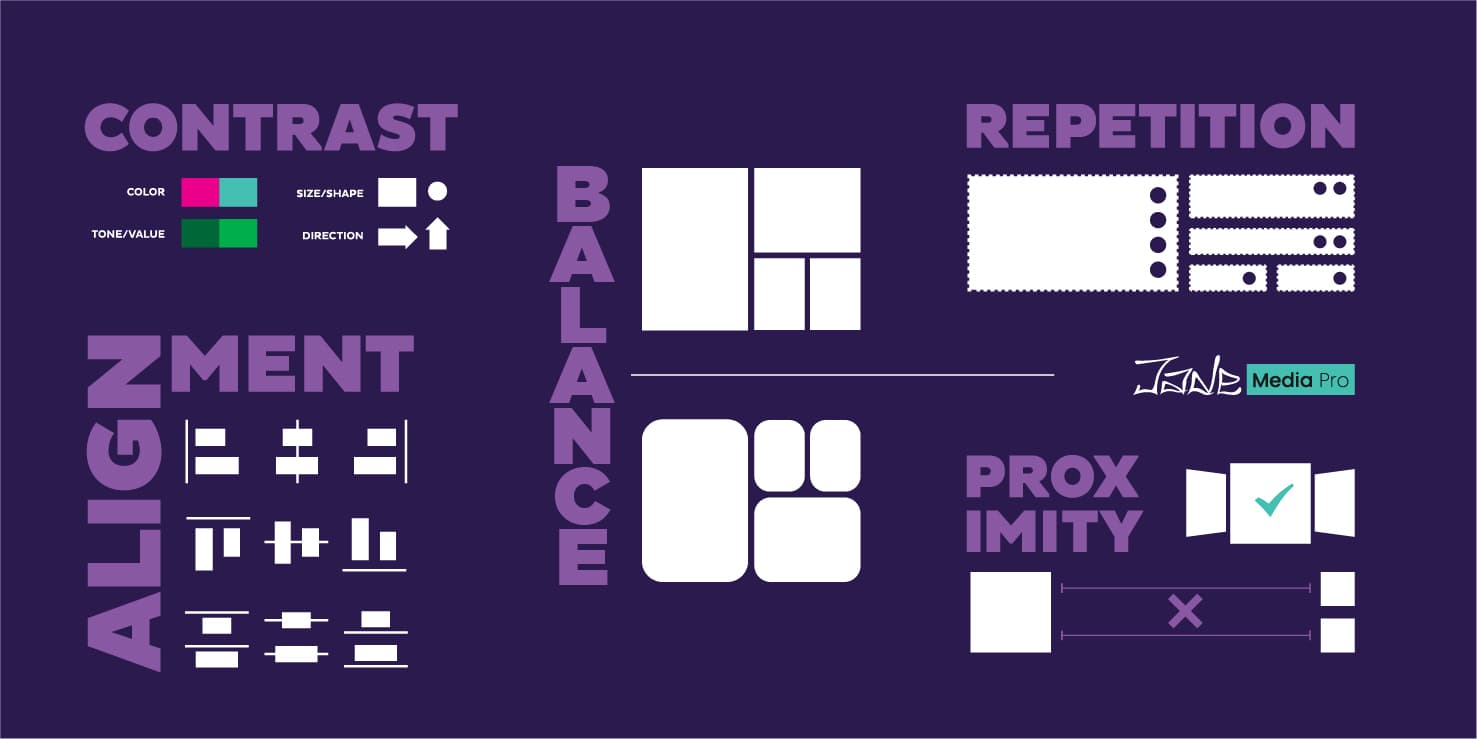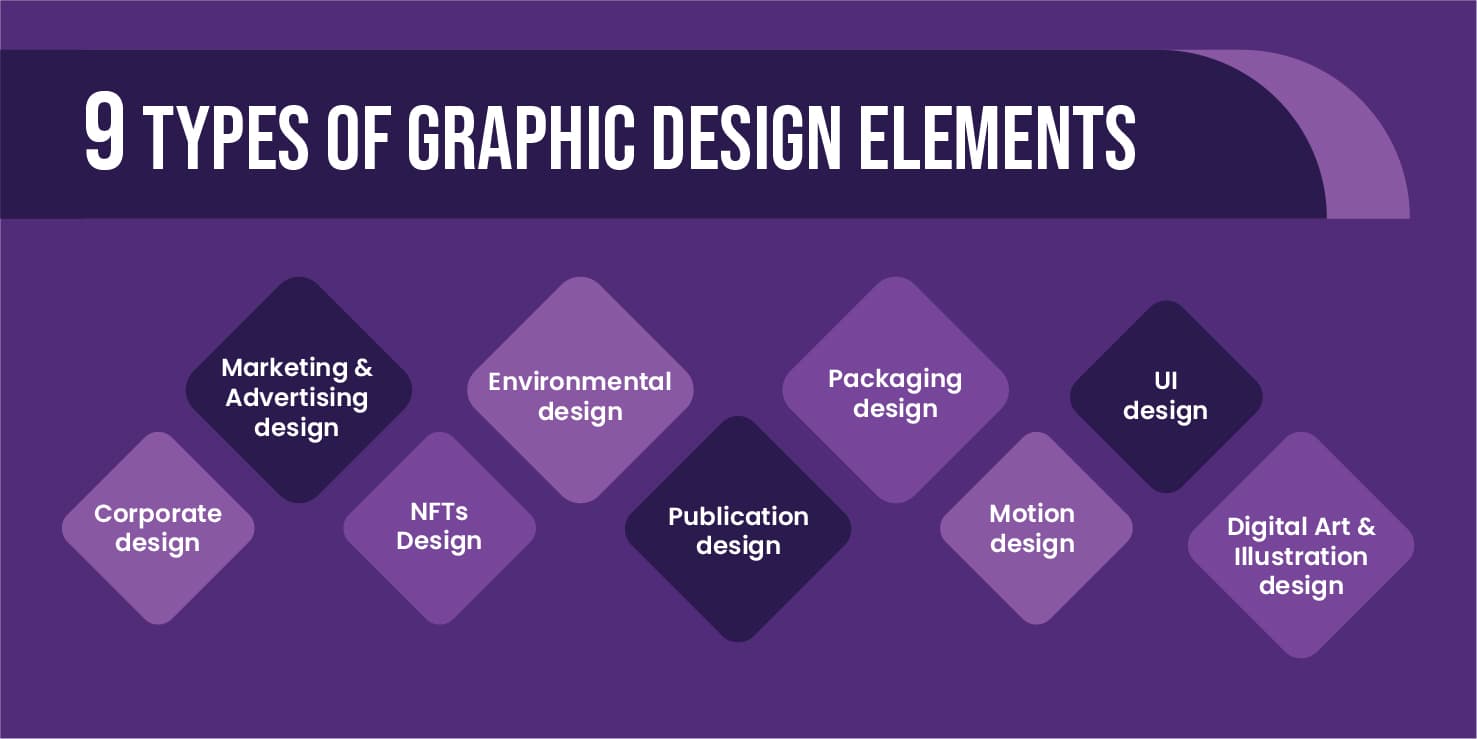Design
Nov 15, 2022
The Psychology of Graphic Design

Graphic design is a method of visual communication that combines images, portraits, drawings, alterations, words, and intelligence to communicate information to the public with the sole purpose of achieving a specific goal. Expertise in graphic design psychology is required to properly adjust the graphic design to arrest the mind and heart of a potential client.
The source of graphic design can be traced back to the days of human evolution. A long time ago in Babylon, cuneiform inscriptions were inscribed into tablets, clay bricks and other construction materials, showing the names of the reigning monarch, other elites and dignitaries as well as the builder’s name. This source can also be traced back to the caves of Lascaux, the neon lights of Ginza, the illuminated manuscripts of the Middle Ages, Rome’s Trajan’s Column and many more. Hieroglyphics communication was developed by the Egyptians as far back 136 B.C. using picture symbols found on the Rosetta Stone. Benjamin Franklin of the United States began the graphic design with his newspaper The Pennsylvania Gazette to understand, facilitate and promote the publicity of his books to impact the masses.
Graphic design over the years has developed and evolved beyond the level of ordinary logo creation. Graphic design has reached a stage of marketing and aesthetic appeal. It is of utmost importance that graphic designers working in the user experience (UX) design level should be able to inculcate justifiable stylistic choices regarding fonts, colors, image locations and pictures with a human-centered approach. Invariably, designers should fixate on and try to empathize with users while creating captivating designs that maximize usability. Aesthetics is a core value in UX design, design is not just created for the sake of design. Therefore, there is a need that the graphic designer understands the nitty-gritty of visual design.
Unlike UX design which has a core value of maximizing customer satisfaction, UI design (User Interface) requires a detailed and comprehensive understanding of the precise need of the user because it focuses on what the client needs to do and the tools to turn those needs into desired results. Elements such as toggles, dropdown lists, notifications, breadcrumbs, and many more. Communal designs are UI, even if they blend passive images.
Elements of graphic design
The basic units of any visual design that constitute the design's structure and transmit its visual messages are known as components of art. Some of the components of graphic design are discussed below.

Line:
These are the most elementary components of graphics design. A line as a component of design can simply be defined as a mark produced on a surface that connects two or more different points. A line can be straight, bent, thick, thin, two-dimensional, three-dimensional, and so on.
Shape:
A shape in simple terms is a specified two-dimensional area formed by lines. Geometric, abstract, and organic shapes are only a few of the many sorts of shapes that make up a design.
Color:
One other core component of graphic design is colour. It is essential in captivating the attention of the general audience because there is a psychology
Typography:
This is an art of type organization and construction. It is of great importance to consider typography because it greatly affects the design’s messages critically. Different colours, sizing, spacing, combined with the weights (light, regular, or bold) can add or reduce the value of the message the designer is trying to pass.
Texture:
Design texture refers to the structure of things if they were to be touched. Texture can be smooth, rough, hard, soft or even glossy. The texture is a major component for drawing the attention of the general audience. Texture can be mixed and introduced to other components such as colour, shape, and type
Size:
This is the degree of how large or small a thing is. The usage of different sizes in graphic design is to create optical interest and to highlight the importance of a subject.
Space:
Space in graphic design is those unoccupied areas. The areas left void may include but are not limited to any areas or distance above, below, between, and even around other design components. Graphic designers specifically add spaces in the graphic design to prioritize some specific areas of the design.
Principles of graphic design
The fundamentals of graphic design help the graphic designer to systematically itemize the various components that are required to link the designs together.

Balance:
The visual weight of objects, colours, texture, and space is distributed in a way that is pleasing to the eye. Asymmetry and symmetry are employed in graphic design to achieve aesthetic balance. These elements should be balanced if the design is a scale for it to feel stable. The size, colour, texture, and shape of the area can all be varied.
Alignment:
The term '/alignment' refers to the process of maintaining a design in order. To make a visual connection between the pieces, all aspects of the design should be aligned with the top, bottom, middle, or sides.
Repetition:
Repeat those patterns throughout the design once you've decided how to employ your elements. This repetition binds separate parts together and reinforces the design while also giving it a sense of motion.
Proximity:
Proximity establishes a visible connection between the design elements. It reduces clutter, improves the viewer's understanding, and gives viewers a focus point. It doesn't mean the related items have to be placed adjacent to each other; it just implies they should be visually connected
Contrast:
Contrast is specifically used to draw attention to specific areas of the design Contrast allows you to emphasize differences between pieces, highlighting the important elements of your design you want to stand out
Types of graphic design
Graphic design has evolved into a very diverse field. Different fields and specialties make up the overall notion. The following are some of the most common graphic design styles:

Corporate design:
Graphic design for the purpose of promoting a company's branding objectives employs visuals such as shapes, images, and color to express a brand's persona in the most precise and desirable way possible. It specializes in producing logos, image libraries, typography, and color palettes that perfectly reflect a company's brand strategy. And also responsible for establishing style guidelines to describe best practices and to ensure visual branding consistency across all media, in addition to designing visuals for corporate stationery and business cards.
Marketing and advertising design:
Marketing and advertising are probably the two most well-known types of graphic design. The majority of people associate graphic design with marketing and advertising. This extensively utilized style of graphic design includes things like social media graphics, magazine ads, billboards, brochures, email marketing templates, and content marketing.
Digital art and Illustration design:
Despite the fact that graphic design and art are not the same category, they work closely together to create stunning artworks. In diverse situations, creative art and illustration are employed as part of promotional designs for commercial usage on T-shirts, stock pictures, websites, textile patterns, graphic novels, video games, comic books, book covers, album art, infographics, picture books, concept art, sports illustration, and so on.
Publication design:
This style of graphic design is frequently disregarded, at least from a personal perspective. The employment of visual components in surroundings to connect people to those places is called environmental graphic design. The environmental design seeks to improve people's experiences in those areas, either by making the encounter more memorable or by informing the spectator. The environmental design includes architecture, road signs, signage, event areas, and murals.
Packaging design:
Traditional publication design refers to the print medium, however, with our generation's rapid digitization, it has shifted to digital publishing. To guarantee that layout, typography, and images are tastefully blended, publication designers must collaborate closely with editors and publishers. Books, newspapers, newsletters, magazines, and eBooks are all examples of publication graphic design.
Motion design:
When a customer buys a new product, it almost certainly has some sort of packaging or visual element, like a label, sticker, or wrapping, which is used to prepare the product for distribution or sale; package designers develop these elements. To achieve successful product marketing, these designers must be informed of current market trends.
UI design:
Motion graphic design is a subgenre of graphic design that entails moving visuals. Animation, video games, apps, GIFs, website features, and so on fall within this category. As technical advances have allowed designers to explore new mediums, it is still a relatively young subject in graphic design.
NFTs Design:
The goal of this graphic design method is to create user-friendly interfaces. It entails altering the appearance and positioning of graphical elements like menus and buttons in order to improve the visual experience of users. UI designers work on mobile apps, games, desktop apps, and online apps to create user interfaces to achieve the ideal combination of technical functionality and aesthetic appeal. They work alongside UX designers and UI developers to create game interfaces, app design, theme design, and web page design, among other things.
Conclusion
Finally, for a graphic designer to be able to provide an aesthetically pleasing design, understanding the psychology behind the art of design is a very important factor. The proper use and integration of its components and fundamentals will help in developing a media design that will pass across a very captivating message, no matter the type or form in which the graphic is presented.

